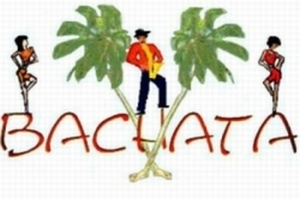Dominican Republic’s popular guitar music genre is called Bachata, which in Latin American Spanish means juerga, jolgorio, or parranda, all of which when translated into English mean fun, merriment, or a good time. It was generally associated with poor rural migrants residing in urban areas. Bachata originated in the early 1960s in the country's capital Santo Domingo, and took about forty years for it to fully become a separate music genre. Bachata belongs to a long-standing Pan-Latin American tradition of guitar music which consists of guitars and percussions, but sometimes a marimba or a marimbula accompanies the musicians. Currently, bachata is most commonly played as a guitar-based trio consisting of a guitar, bongo, and a maraca. 46
During its early period, it was a part of an important subcategory of guitar music: romantic guitar music. This subcategory consisted of a slower rhythm with ultra-romantic lyrics inspired by the bolero. 47 However, as a result of the worsening social and economic conditions of bachata's urban and rural poor constituency, the musicians began to speed up the rhythm and the lyrics evolved into having more focus on womanizing, drinking, as well as expressing disparagement toward women. It was heard mostly in male public spaces such as bars or brothels, rather than family-friendly locations. Bachata singers are mostly male, considering the content of the songs. As a result, bachata began to have a somewhat negative connotation and became to be considered too crude and vulgar to have a place in the mainstream musical landscape. Bachata musicians rarely, if ever, appeared on television, and no bachata record has ever received airplay on the radio stations. No matter how many bachata records were sold, even if it exceeded the record sales of the socially acceptable genres, it never appeared on a published hit parade list. It was known as kind of like the black sheep of the music industry. However, bachata musicians were given the opportunity to entertain at posh private clubs and nightclubs. At the same time, dancers developed a new dance that correlated with the music. As the dancers became more and more interested in bachata, it eventually evolved into becoming a type of dance music as well. 48
|
